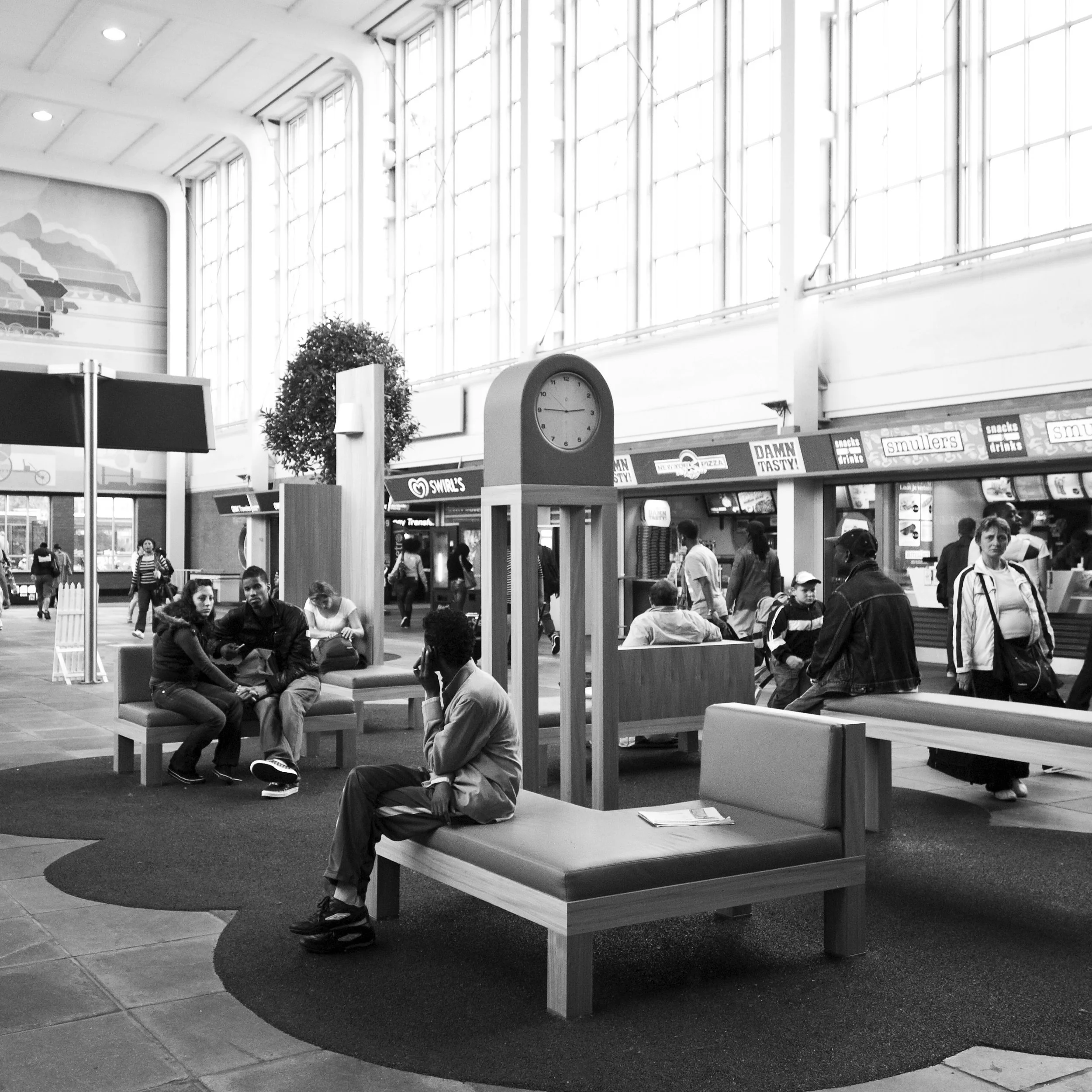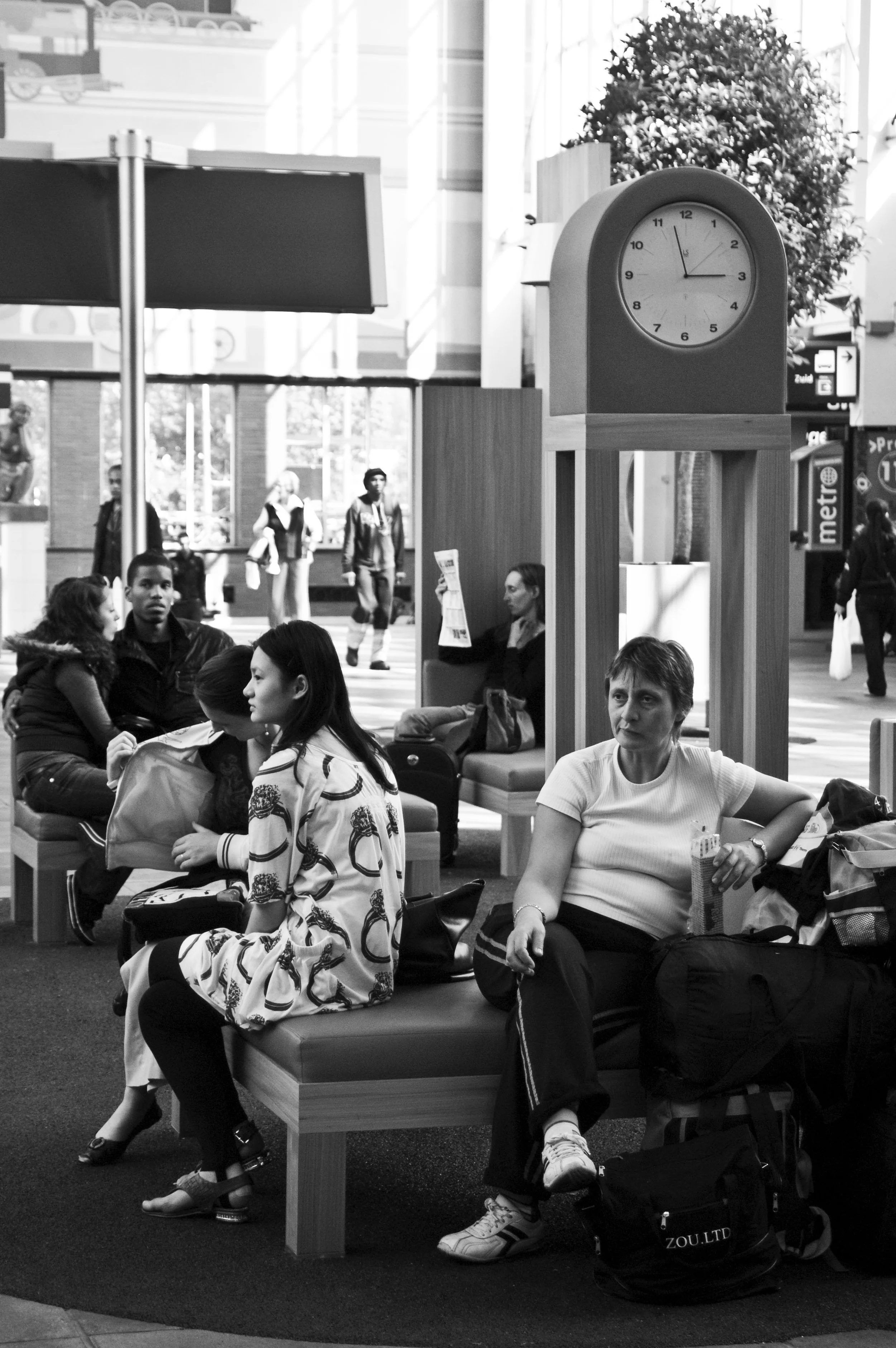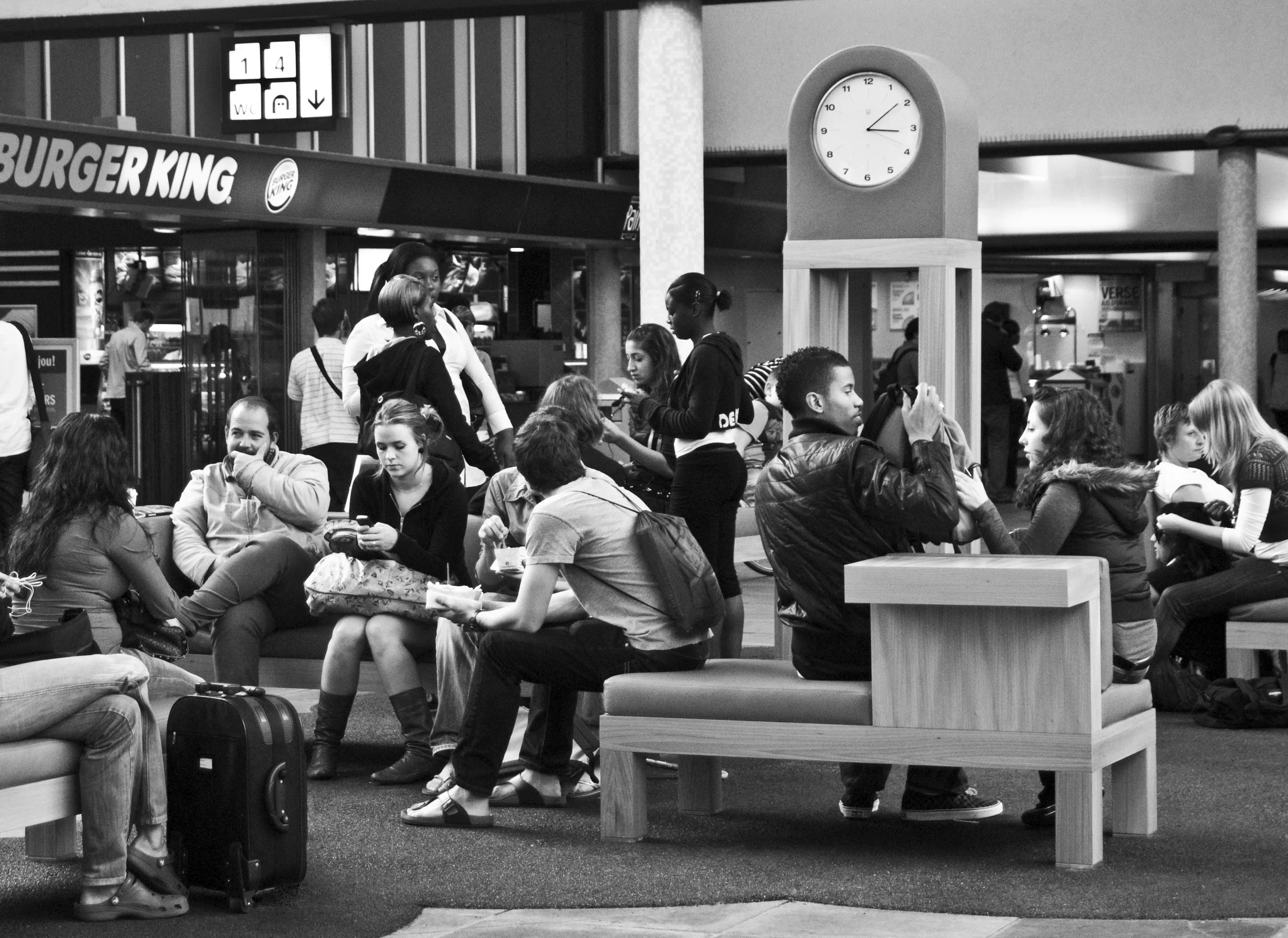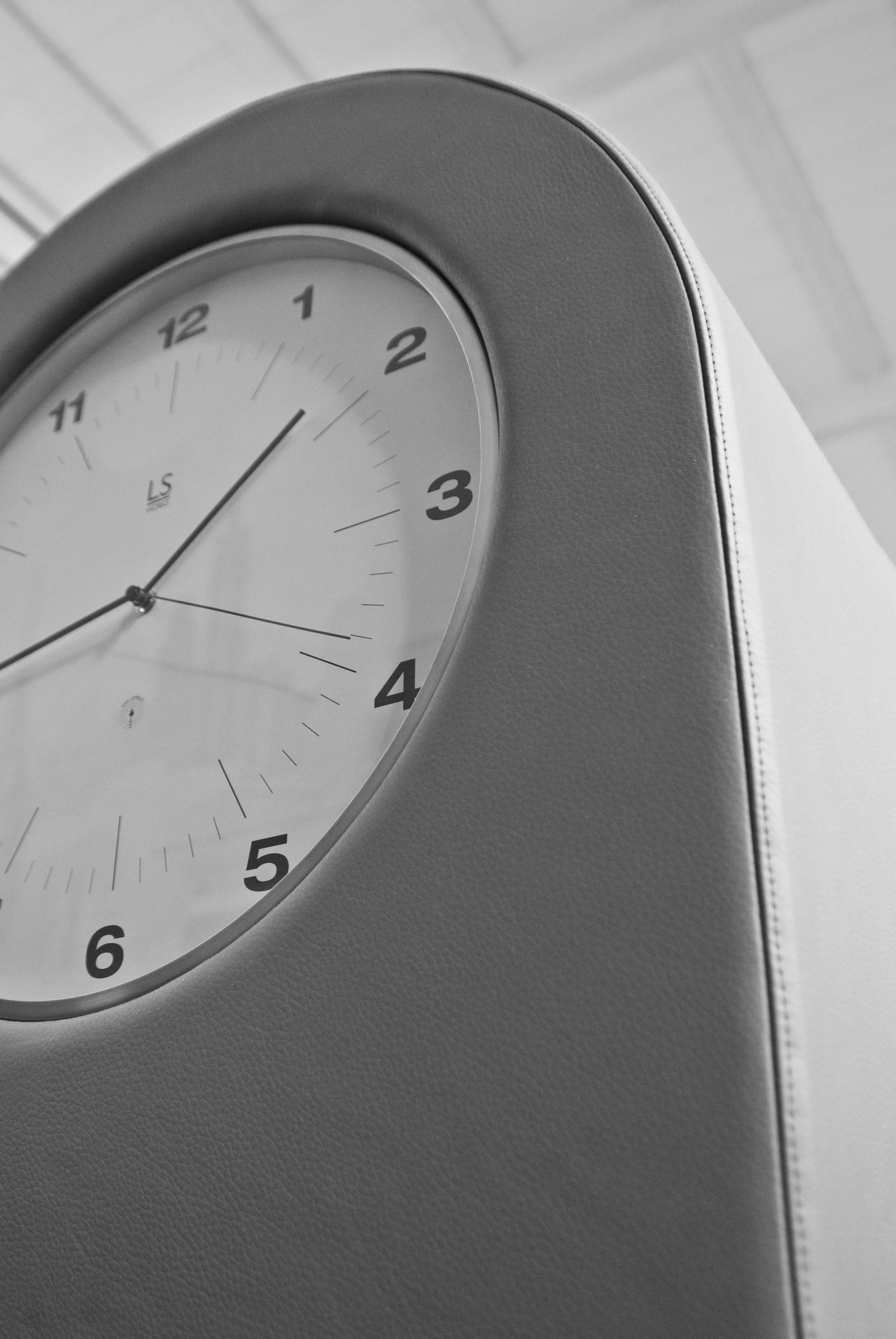

















Seating Sculpted for Urban Respite
AMSTEL STATION Sitting Area
Seating Sculpted for Urban Respite
In the throbbing heart of Amsterdam Amstel Station—a pivotal node in the city's transport network—Tjep. reimagined a mere waiting zone as a sanctuary of serenity. This modular seating installation elevates the mundane act of awaiting trains into a deliberate interlude, fostering comfort amid the ceaseless commuter tide. Honoring the station's 1939 functionalist roots while infusing modern vitality, the design tempers the austere concrete expanse, converting a simple corridor into a lush, inviting haven.
From Haste to Harmony in Transit
The core of the sitting area features flowing benches and subtle dividers crafted from sustainable wood and eco leather, their organic contours promoting both intimate nooks for solitude and open arrangements for casual encounters. Engineered to harmonize with the station's dynamic flow, these elements ensure unimpeded passage while offering respite, with integrated planters hosting verdant foliage and petite trees that soften the industrial backdrop and infuse natural tranquility.
Blending Botany and Benchwork
This verdant integration not only enlivens the palette of the surrounding architecture but also subtly dampens the ambient clamor of departures and arrivals through thoughtful upholstery and form. Versatile modules cater to varied needs—some with privacy panels for quiet reflection, others expansive for group gatherings—all attuned to the rhythms of public life without disrupting it. Realized in partnership with manufacturer Hypsos, the project embodies Tjep.'s commitment to innovative public interventions that humanize high-traffic environments.
Echoes of Alma's Transport Tapestry
Strategically positioned in the central hallway, the sitting area frames the enduring murals by Dutch artist Peter Alma (1886-1969), whose iconic 1939 tile tableaux adorn the station walls. Alma, influenced by the De Stijl movement, crafted these abstract compositions to symbolize the evolution of transportation—from ancient wheels to futuristic rails—merging geometric precision with symbolic narratives of progress and connectivity. The Tjep. design pays homage to this artwork by creating vantage points for seated contemplation, allowing commuters to engage with Alma's visionary depictions while resting, thus weaving historical artistry into contemporary utility and transforming idle moments into cultural immersion.
Tjep.'s Oasis Amid the Rails
As Frank Tjepkema notes, "We've carved pockets of pause in perpetual motion, where design breathes vitality into the wait." This enduring installation stands as a beacon of how thoughtful furniture can cultivate community and calm in transit's unyielding pulse, inviting all who pass to linger a little longer.


